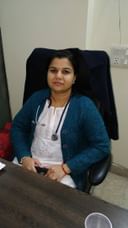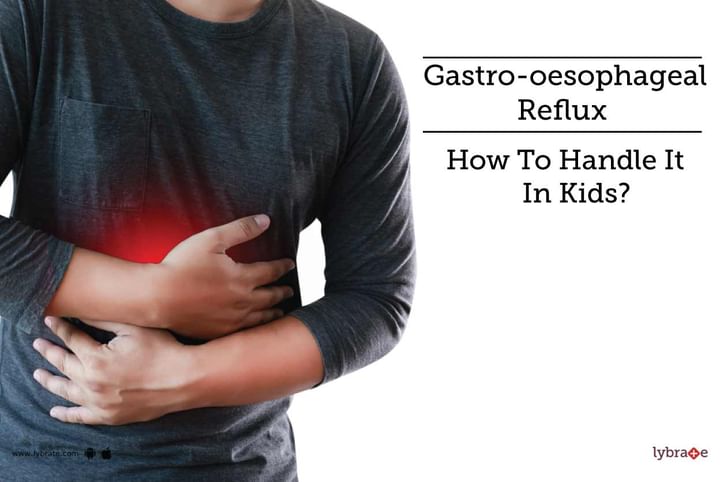Gastro-oesophageal Reflux - How To Handle It In Kids?
Which baby doesn't spit up their food! This is usually not a reason to worry .Known as Gastroesophageal reflux ,it signifies retrograde movements of gastric contents into esophagus across lower esophageal sphincter. Persistent or frequent GER , accompanied by other symptoms like esophagitis or respiratory symptoms is considered pathological, known as Gastro-oesophageal reflux disease or GERD. Severe GERD can cause weight loss and breathing problems and thus should not be ignored.
Vomiting often during the day is one of the most common symptoms of GERD. Other symptoms include:
- A persistent cough
- Poor weight gain and failure to thrive
- Choking or gagging while eating
- Refusing to eat, irritability ,arching
- Crying while feeding
- Heartburn
- Pain in the abdomen and chest
- Miscellaneous- Otitis media, sinusitis, lymphoid hyperplasia, hoarseness, vocal cord edema
Most cases of Gastro-oesophageal reflux disease can be diagnosed by its symptoms and a look at the baby's medical history. In some cases, additional tests may be required. These are:
- Barium swallow
The child is given a contrast substance to drink. This highlights the esophagus, stomach and upper part of the small intestines in a special X-ray. It used to check if there are any blockages in the digestive system. It is of limited help as it doesn’t differentiate physiological GER from GERD.
- pH probe
A long, thin tube with a probe at one end is put down the child's throat to a level corresponding to 87% of nose to Lower esophageal sphincter distance. This is kept in the esophagus for 24 hours. The probe measures the levels of acidity in the stomach. This test is usually done when the child complains of breathing problems , assessing efficacy of acid suppression during treatment along with reflux.
- Upper GI endoscopy
Here the doctor puts a thin flexible tube down the child's throat. At one end of the tube is a camera that allows the doctor to look into the esophagus, stomach and small intestine.
- Gastric emptying study
One of the causes of reflux is the slow emptying of the stomach. To check this, the doctor will mix a radioactive chemical with the baby's milk that allows a special camera to follow its path down the digestive system.
- Intraluminal impedance
- Laryngotracheobronchoscopy
Empirical antireflux therapy
In most cases, Gastro-oesophageal reflux disease can be treated by making a few lifestyle changes. Some of these are:
- Raise the head of the baby's crib
- After feeding the baby, do not let him lie down but hold him upright for half an hour or so.
- Change his feeding schedule
- Thicken the feeds
- Burp the baby after feeding
- Presistent symptomatic reflux may need pharmacotherapy and surgical management
Infant’s reflux becomes evident in 1st few months of life, peaks at 4 months and resolves in upto 88% by 12 months and in nearly all by 24 months.



+1.svg)
